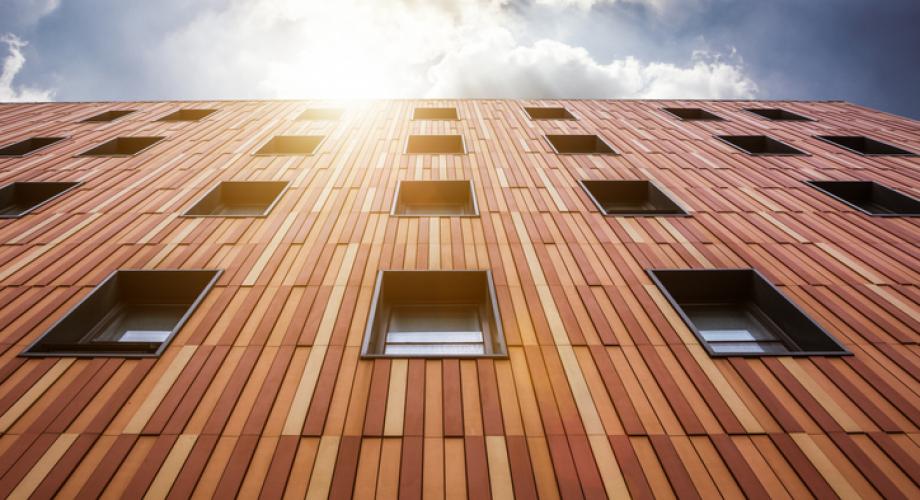How buildings will be constructed in the future remains a big question.
Some experts predict that there won’t be dramatic changes in new student apartment building designs in the immediate future since it takes a minimum of three years for a building to be designed and completed, says architect John Kirk, AIA, with Cooper Robertson. “The challenge is to grow without building new buildings and repurpose some of what they have in the next year or two.”
How these buildings will be constructed in the future remains a big question because of challenges both pre-COVID-19—such as the escalating costs of land, construction and labor—and post-pandemic—such as unknown enrollment numbers. To be better prepared for a return of this virus or another one, many think what will be needed is flexible housing with walls that can be changed easily and affordably.
“We need to build in flexibility to convert two studios to a one-bedroom, for example,” says architect Jason Boyer, AIA, with Studio Ma. At the same time, many developers and architects don’t want to lose the momentum they’ve initiated to improve air quality and add more natural light and recycled materials, which make life healthier and better under any circumstances, Boyer says.
Everybody seems to agree with the assessment of Kevin White of Virtus Real Estate Capital: “It’s a very complicated jigsaw puzzle.”
